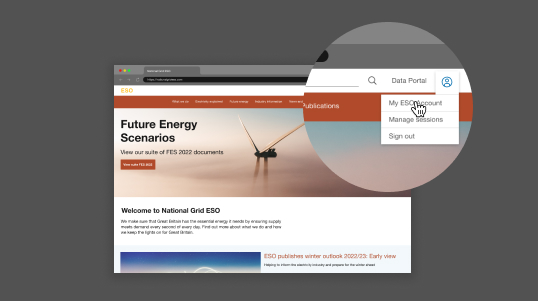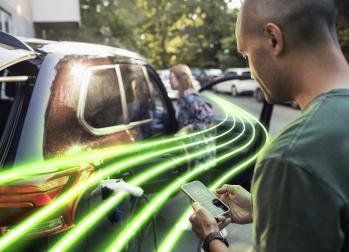Reaching net zero greenhouse gas (GHG) emissions by 2050 is critical to limiting the negative impacts of climate change.
In this section, we look at potential emissions reductions across our Future Energy Scenarios (FES).
Key insights
With the right action, Great Britain can reach net zero by 2050.
- Leading the Way reaches net zero by 2046 and achieves annual net emissions of -34 MtCO2e in 2050, which amounts to removal of GHG emissions from the atmosphere.
- Consumer Transformation and System Transformation reach net zero by 2050.
- Falling Short does not get to net zero by 2050, resulting in 178 MtCO2e of residual emissions in 2050.
- To meet carbon budgets and net zero, we will need to see the large-scale deployment of carbon capture, use and storage within the next ten years, which relies of delivering on transport and storage business models and industrial cluster ambitions.
- Some sectors, like power generation, have already made good progress in decarbonisation. Transport decarbonisation is also accelerating, but without greater progress in heat it becomes harder to meet net zero.
- We expect the 4th and 5th carbon budgets to be met in our net zero scenarios, but this requires delivery of existing policy commitments.
- Each region faces unique challenges in supporting the transition to net zero and some may need to compensate for technical and geographical barriers of others. Regional targets must consider whole economy benefits to avoid conflict with UK-wide targets.
- Consumers need to be engaged, supported, and enabled to adopt new, smarter technologies and change the way they use energy to reach net zero. Under some scenarios a doubling or even trebling in uptake of some technologies is needed by 2035.
Emissions calculation methodology:
- Removal of climate feedback in emissions calculations has resulted in a reduction in forecast emissions across the sectors, with agriculture seeing the biggest fall.
Negative emissions:
- Negative emissions technology is required to enable a net zero energy system, but further action is needed to increase confidence in its contribution to decarbonisation.
- Negative emissions technology does not materialise until 2030 due to a combination of delayed policy for BECCS (Bioenergy with Carbon Capture and Storage), outcomes of the recent track 1 cluster sequencing competition and low technology and commercial readiness of DACCS (Direct Air Carbon Capture and Storage).
- Acceleration of business models alongside robust emissions accounting standards are needed to ensure both investor and public confidence in a negative emissions market.
- Further demonstration of innovative emissions reduction technologies is required to reduce uncertainties over technology and commercial readiness.
- GHG removal and negative emissions technologies are reliant on both delivery of, and proximity to CO2 transport and storage networks and/or large CO2 users.


